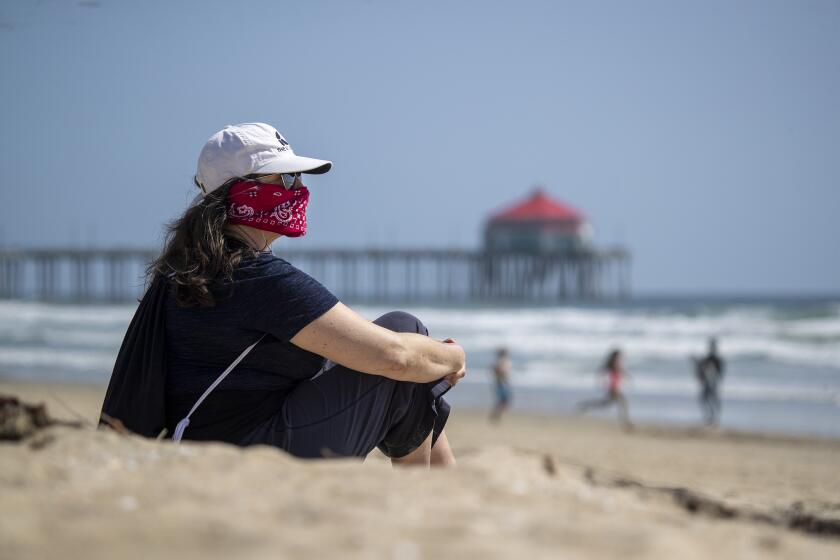Natural Perspectives: How to bring that power to the people
I would make a bad Amish person because I like electricity. So does Vic.
We like it so much that we want to make sure that we keep receiving it, but we wonder where electrical power is going to come from in the future.
As the population grows and we all acquire more and more electrical devices, demand for electricity increases.
According to information from the National Petroleum Council, commercial and residential usage of electricity was less than 1000 kilowatt-hours per person in 1970. Today, it is about 2700 kilowatt-hours per person. That number is projected to rise to 3000 kilowatt-hours per person by 2020. All of that electricity is going to have to come from somewhere.
Here in California, most of our electricity is generated by gas-fired power plants. Some comes from hydroelectric plants. Some comes from coal-fired plants, but all of those are at out-of-state locations, like the Four Corners area of New Mexico.
A growing amount of our electrical energy comes from solar energy capture. A small portion comes from geothermal plants, and another small portion from wind. Finally, another portion — a major one — comes from nuclear power plants. The nearby San Onofre Nuclear Generating Station has a production capacity of 2200 megawatts, enough to power 1.4 million households.
A nearby nuclear power plant is a problem, as far as I’m concerned. When nuclear power first came online in the 1960s, I was a big supporter of this so-called clean energy source. But then came the “incident” at the Three Mile Island nuclear power plant in Middletown, Pa. in 1979. According to the U.S. Nuclear Regulatory Commission, design-related problems and worker errors led to a partial meltdown of a reactor core there.
That was 12 days after release of the movie “China Syndrome,” a story about a fictional nuclear power plant and an incident that nearly led to catastrophe.
Sure, our nuclear power plants have containment structures, but those can fail. Just look at what happened during the tsunami at the Fukushima power plant in Japan. And do I need to bring up Chernobyl?
I’d say that we have enough evidence to say that accidents happen. And when one does happen, I don’t want to be anywhere near it. Fifty miles is supposed to be a safe distance in case of a nuclear meltdown.
Uh oh — we live less than 30 miles from San Onofre.
Yeah, sure, we can evacuate, but you know what traffic is like on a Friday afternoon of a three-day weekend. And that’s when only a small portion of the populace is trying to leave town. You just can’t evacuate 18 million people effectively.
As you are probably aware, there is a problem at the San Onofre plant. They installed some new heat-transfer pipes a couple of years ago. Unfortunately, some of these pipes are leaking, apparently because they are already corroding. This is not a feature that I want to see in a nuclear power facility.
Right now, the plant is closed down while the issue is being studied. In the meantime, the retired plant at Huntington Beach is being fired up to compensate for the shortfall.
I’d much rather have some harmless steam coming out of the smokestacks of the Huntington Beach plant than risk being irradiated by an accident at San Onofre. That plant was built in 1968, and I say it’s time to close it down.
Here is Vic’s take on the situation.
The immediate political issue is whether or not the Huntington Beach City Council should support a resolution to close the San Onofre plant permanently. San Clemente and Irvine have already taken this step. Like Lou, I am no fan of nuclear power.
However, California now depends upon its two nuclear power plants for a substantial fraction of its electricity. If we closed them down abruptly, that would be a lot of power to make up.
In the long run, we can and should conserve electricity by bringing on more efficient electrical devices and by simply being more conscientious in our efforts to use less. We’ll also need to develop our generating capacity using other energy sources besides nuclear. Wind and geothermal energy production need to be expanded.
But the source that Lou and I support most strongly is the one which is growing most rapidly right now: solar photovoltaic, especially on a small scale and distributed around our urban areas exactly where most electricity is actually used.
Big solar facilities out in the desert may have their place, but they are not the best solution. Over the past couple of years we have seen the city of Huntington Beach, local schools, and countless homeowners and business operators installing small-scale solar power systems.
Rapidly declining costs are making these systems more and more appealing. In a few years, we may even be able to shut down San Onofre!
VIC LEIPZIG and LOU MURRAY are Huntington Beach residents and environmentalists. You can reach them at loumurrayphd@aol.com.
All the latest on Orange County from Orange County.
Get our free TimesOC newsletter.
You may occasionally receive promotional content from the Daily Pilot.



